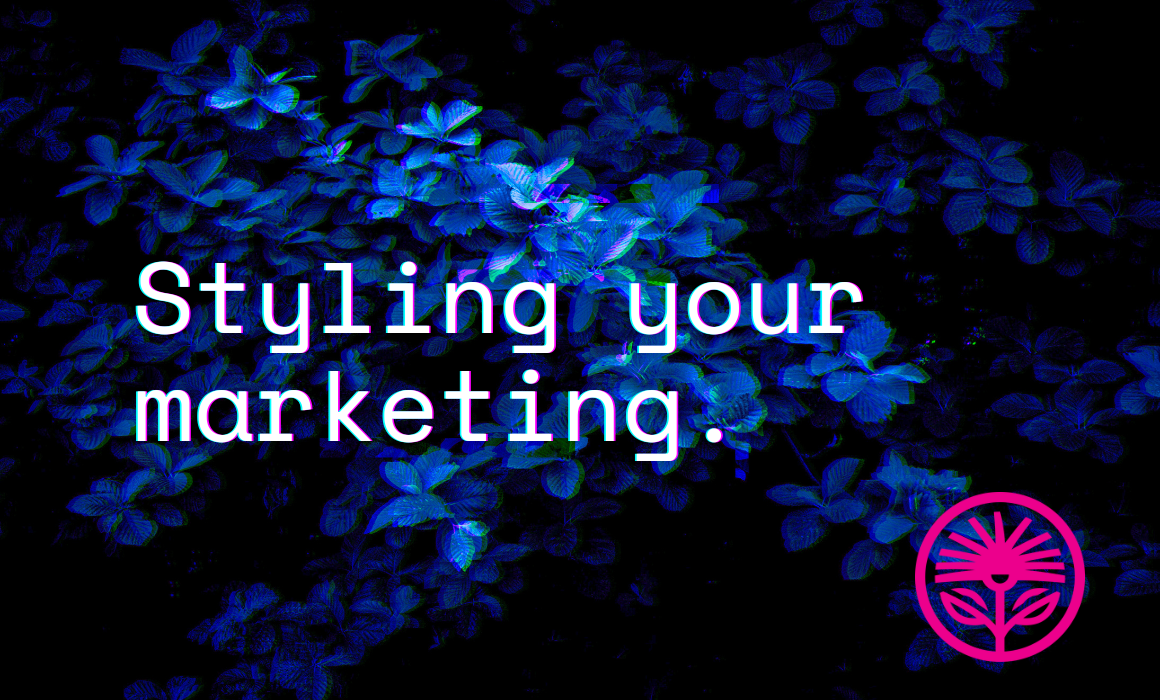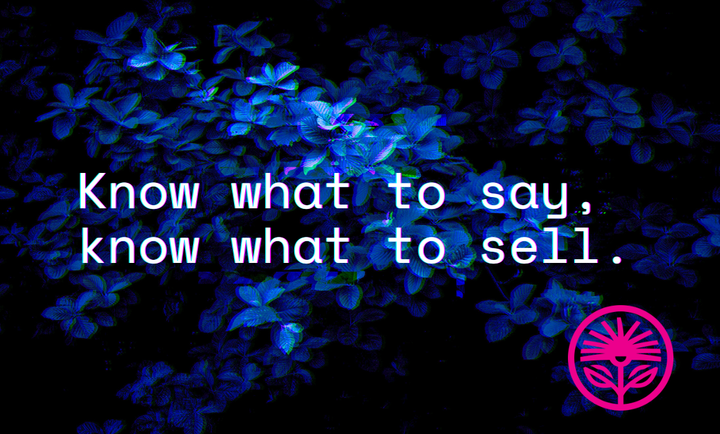Styling your marketing — Kelford Labs Weekly
By behaving differently.

“I can’t think of any good books on how to make ads. Most of them are the unreadable in full pursuit of the unteachable.”
That’s what Howard Gossage, “The Socrates of San Francisco,” once said, according to his biographer Steve Harrison.
So I’m not going to try to teach you, in a single newsletter, how to write ads. What I’m going to do instead is show you how to get better yourself.
By being more of yourself.
Gossage was one of the marketing world’s most accomplished writers. His copy is famous among advertising history nerds like me for being so fresh, so funny, so stylish:

It’s not a huge surprise that this is how he approached his writing, though. He famously wrote: “Nobody reads ads. People read what interests them. Sometimes it’s an ad.”
Style, to him, wasn’t a nice-to-have or an added benefit. It was crucial to getting the ad read at all. It was the necessary first step.
It didn’t matter if the ad was for a gas station or a nature preserve, the point was to get noticed. So you could get attention. So you could get interest. So you could get results.
Without the notice, nothing else can happen, no matter how boring we might think the product or service being advertised.
David Ogilvy, another legend from the era, once wrote: “If you think the product too dull, I have news for you: there are no dull products, only dull writers.”
But what makes marketing writing less dull? What makes it interesting?
What makes it stylish?
I think the word that answers it best is, simply, “personality.”
Marketing that gets noticed gets noticed because it feels alive, it feels present, it feels imbued with the spirit of the person who wrote it.
It’s not necessarily obvious, though, how we bring personality into our marketing. But I think it comes from the same place our actual personality comes from:
In Personality Isn’t Permanent, Benjamin Hardy wrote, “Your behavior doesn't come from your personality. Rather, your personality is shaped by your behavior.”
It’s our behaviour that shapes our personality, and it’s the behaviour of our marketing that imbues it with a personality.
That Fina ad up above feels alive and interesting and funny because it’s different. It’s unexpected. It stands out from its environment and behaves in a way that sets it apart.
Okay, okay, but how do we do that, right? How do we get our marketing to behave differently from everyone else’s?
That comes from our perspective.
Our perspective is the thing that makes us unique. The way we see the world is a mental fingerprint, uncopyable and never fully explainable to anyone else.
So if we want our marketing to be different, we want to lean into what makes us different: our perspective.
I mean, this is the problem with most marketing that doesn’t work: It has no perspective, so it has no personality. So it gets no attention. So it creates no action.
Ogilvy probably said it best: “Many commercials and many advertisements look like the minutes of a committee.”
The best way to get better at bringing style into our marketing, then, is to get better at identifying and articulating how we see the world, our industry, and our market.
Like George Saunders wrote in A Swim in a Pond in the Rain about teaching students to write fiction:
“They arrive already wonderful. What we try to do over the next three years is help them achieve what I call their ‘iconic space’—the place from which they will write the stories only they could write, using what makes them uniquely themselves—their strengths, weaknesses, obsessions, peculiarities, the whole deal. At this level, good writing is assumed; the goal is to help them acquire the technical means to become defiantly and joyfully themselves.”
There’s a lot we can learn from the art of writing about how to do it commercially. And finding a way to be defiantly, joyfully ourselves is one of those lessons we should internalize.
But we’re not going to crack it on the first try. This is a process, one of experimentation and patience.
Remember, “Great writers are not necessarily those people who write a good first draft,” as Smith and Lewis say in Both/And Thinking, “but rather those people who can write a bad first draft quickly and then edit it to develop their ideas.”
Revision, according to Saunders, is simply “a chance for the writer’s intuition to assert itself over and over.”
So as you work on your marketing, like your website copy, your social posts, your ads or your videos, try to keep this in mind:
Style is what gets noticed first.
Style comes from personality.
Personality comes from unique behaviour.
And unique behaviour comes from perspective.
So if you want your marketing to be more stylish and interesting, the first thing to do is get better at articulating your perspective.
Your process, and why it’s different.
Your tradeoffs, and who they help the most.
Once you know that, you can think about how to demonstrate that perspective in a unique and interesting way. How you can make marketing that behaves differently from everyone else’s.
Because it’s truly yours.
Not an AI’s or a template’s.
But truly, individually yours.
Reply to this email to tell me what you think, or ask any questions!
Kelford Inc. shows experts the way to always knowing what to say.



